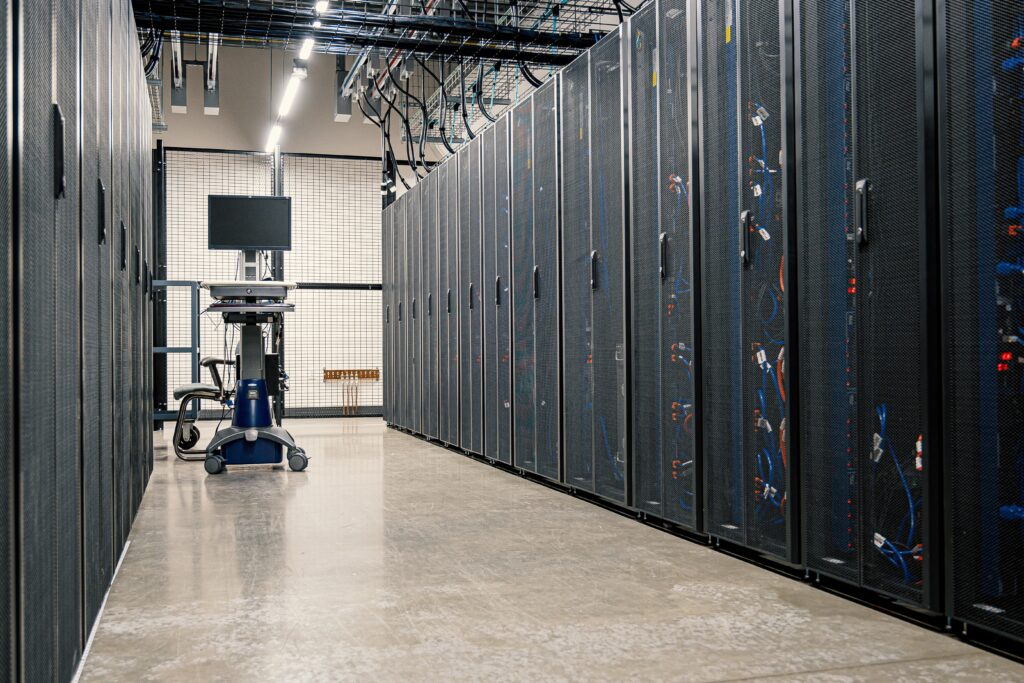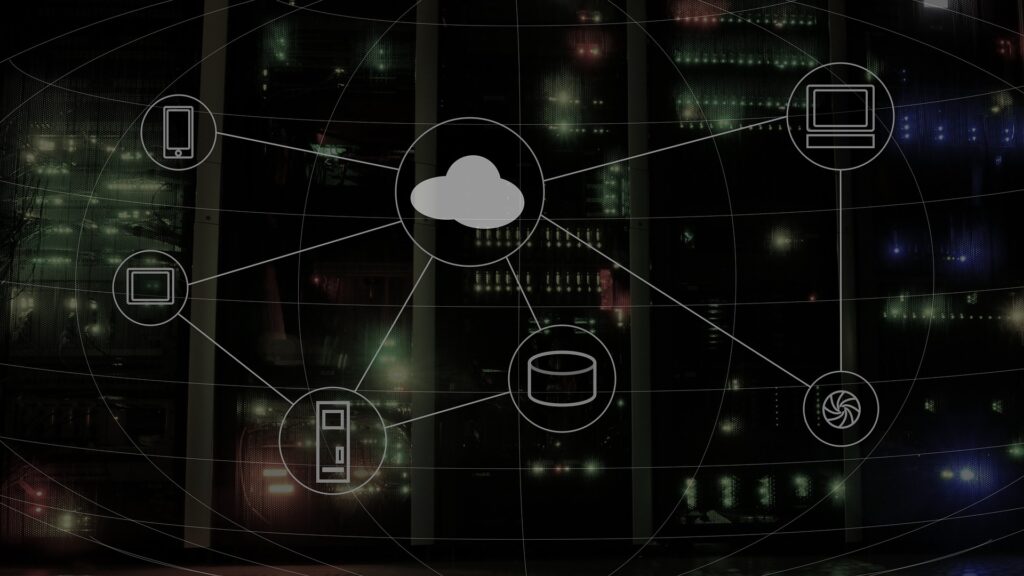Our digital lives consume vast amounts of energy – and so does the entire IT and software industry. Does that make all technology companies climate sinners? Not necessarily. There are a number of ways in which the industry can avoid being the number one consumer of electricity in the future.

As demand for digital services increases worldwide, the impact of the software and IT industry on the environment is also growing significantly. In addition to positive effects, increasing digitization also has its downsides. It is true, for example, that video conferencing can help to save CO2 emissions by replacing a few business trips. And many documents or books no longer have to be printed either, thus saving paper, since we can conveniently download, read and edit them online. But to make all these services possible, the industry itself requires vast amounts of energy.
Energy consumer no. 1: Data centers
To satisfy the growing hunger for data, data centers are needed to store all data on external servers and control various processes from the outside. Whether we stream Friends on Netflix, upload our documents to a cloud or check our mails – all of this would not be possible without data centers. At the same time, they are mainly responsible for electricity consumption in the IT industry: in 2021, all data centers in the world consumed an estimated 500 to 650 terawatt hours (TWh) of electricity. That is more than all private households, companies and institutions in Germany together needed in 2022.

And computing demand continues to grow: So far, Germany’s data centers account for only 15 TWh of this, but it is estimated that annual consumption could more than double to as much as 35 TWh by 2030. So what can be done? Two solutions in particular catch the eye: algorithms can help optimize server utilization or regulate temperature to reduce power consumption as much as possible. If energy demand cannot be reduced further, waste heat from data centers could theoretically be used to power heat pumps – although there is still a long way to go before this possibility is actionable, some pilot projects are already in place.
Many tech companies are at this stage working to improve their carbon footprint. Since 2017, tech giant Google has been covering its entire electricity consumption with renewable energies and has set itself the goal of operating all of its data centers and sites in a climate-neutral manner by 2030. Microsoft is even going one step further and wants to be completely CO2-negative by 2030. By doing so, the company plans to offset all CO2 emissions it has ever emitted by 2050.
Specific ESG factors for IT
Energy consumption is not the only environmental criterion that plays a major role in the IT industry. Since the industry potentially produces a lot of e-waste, it is important to develop durable and energy-efficient hardware that is made of recyclable materials wherever possible, thus reducing waste. In addition, devices should be designed so that users can operate them for as long as possible and only replace them when they actually are not functional anymore. Hardware manufacturer Dell, for example, offers a guaranteed take-back for many of its used devices, with the aim of remanufacturing them or recycling them in the correct way.

In addition to environmental challenges, social and governance factors are also relevant for the IT industry. The ESG standard SASB places a strong focus on the topics of data protection and diversity. As the IT industry is growing rapidly, the demand for qualified and talented personnel is high. In order to compete for talent and retain capable employees, good working conditions, an attractive salary and a decent work-life balance are important.
Avoid data security risks and operational disruptions
IT companies have access to their customers’ sensitive data and must ensure that it is stored securely and encrypted according to the latest standards in order to protect it from third-party access and defend against cyberattacks. Mistakes in this area can cause lasting damage to reputation – and cost affected companies profoundly. To maintain customer trust, digital (cloud) services should run as smoothly as possible – otherwise the customer will quickly move on to a more reliable provider.

Customer data should be protected within the company itself. Therefore, the industry needs to be transparent about which of its customers’ data it uses and in what particular way. Directives such as the GDPR in the EU should be implemented in the respective countries and personal data should be protected accordingly in order to avoid high legal costs and reputational damage.
Next ESG steps for tech companies
The IT industry faces a wide range of ESG challenges. In addition to rising energy demand, issues such as data protection and employee diversity are important factors that companies should address as soon as possible in order to stay ahead of the competition. Many larger companies are already improving their carbon footprint and tackling their huge energy and resource consumption. Renewable energies, more energy-efficient work processes and resource conservation are steps that IT companies are taking right now to prevent themselves from becoming the number one climate polluter in the long term.
The importance of the IT industry and its sustainability requirements are growing. We can help you develop a comprehensive and sustainable ESG strategy for your company. Feel free to contact us!




